THE ART OF CUTTING DIAMONDS
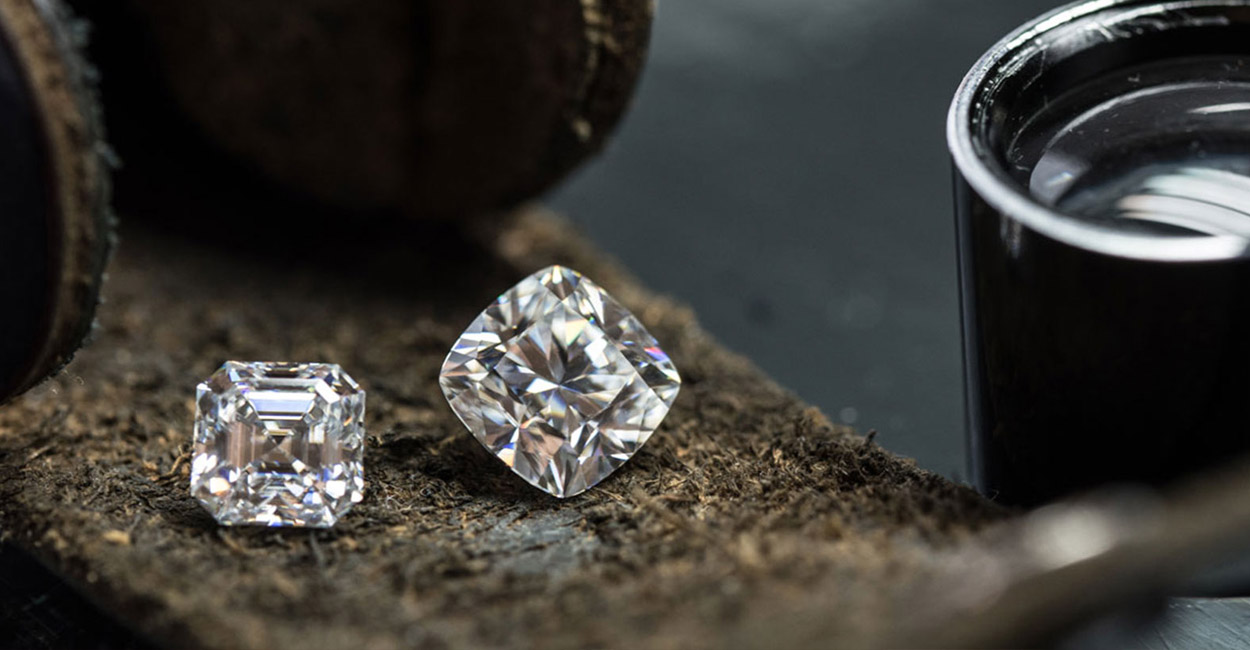
Diamond cutting is a distinct and special branch of jewellery involving five basic steps in fashioning a sparkling diamond. A few important steps in this process involve marking, cleaving, sawing, girdling, and faceting the precious stone to give you the brightest diamond that is further handcrafted into a stunning piece of jewellery.
Marking is the very first process done once each rough diamond is sorted and examined to decide how it should be cut to yield its greatest value and shine. To make this decision, the shape of the diamond and its number of imperfections is considered by a professional diamond Planner to determine how it should be cut and whether the stone should be cleaved or sawed.
In the initial stage, large diamonds are often pre-shaped by cleaving into pieces suitable for sawing. A large and valuable stone demands an extremely critical cleaving process as the slightest mistake by the planner or the cleaver can shatter the stone. The Cleaver then cuts a groove along the line showing where the stone is to be cleaved, using another diamond as a cutting tool. The diamond is raised and mounted on a holder called a ‘drop’ in jewellery terms where a steel wedge is inserted into its groove and the stone is struck sharply with a mallet to split along its cleavage.
The next step in the diamond-cutting process is sawing where a fine paper-thin disk of phosphor bronze metal called a diamond saw is rotated on a horizontal spindle at a rapid speed. The Sawyer mounts the diamond and clamps it over a blade where it is cut by the saw in the desired shape within a couple of hours.
Next, the diamond undergoes a process called girdling. Here, the stone is placed inside a diamond cutting machine and spins, while a second mounted diamond is held against it to give it the right cut. Diamonds being the hardest substances found on earth, the other diamond used to cut it is curved and rounded to give our diamond a beautiful shape. Fancy-cut diamonds are girdled in another manner by mounting them off-centre to bring about varied shapes.
From the Girdler the diamond is now passed on to the Lapper, or Blocker, who specialize in placing the first 18 facets on a brilliant-cut diamond. A diamond Brillianteer has expertise in placing and polishing the remaining facets on the stone to bring out its unique brilliance. All the skilled craftsmen and techniques require great flair and diligence at every stage, but especially during the process of faceting as the angles of the diamond facets must be in exact order to yield maximum brilliance. This precious stone requires its sizes to be accurately regulated to preserve symmetry and look aesthetic.
Once this most precious stone is extracted from the earth, mined, cut, polished and given the perfect shape, it is finally prepared to be crowned onto a piece of jewellery. The most exotic diamonds are usually saved for wedding ring for men or women.
You may also like?
-
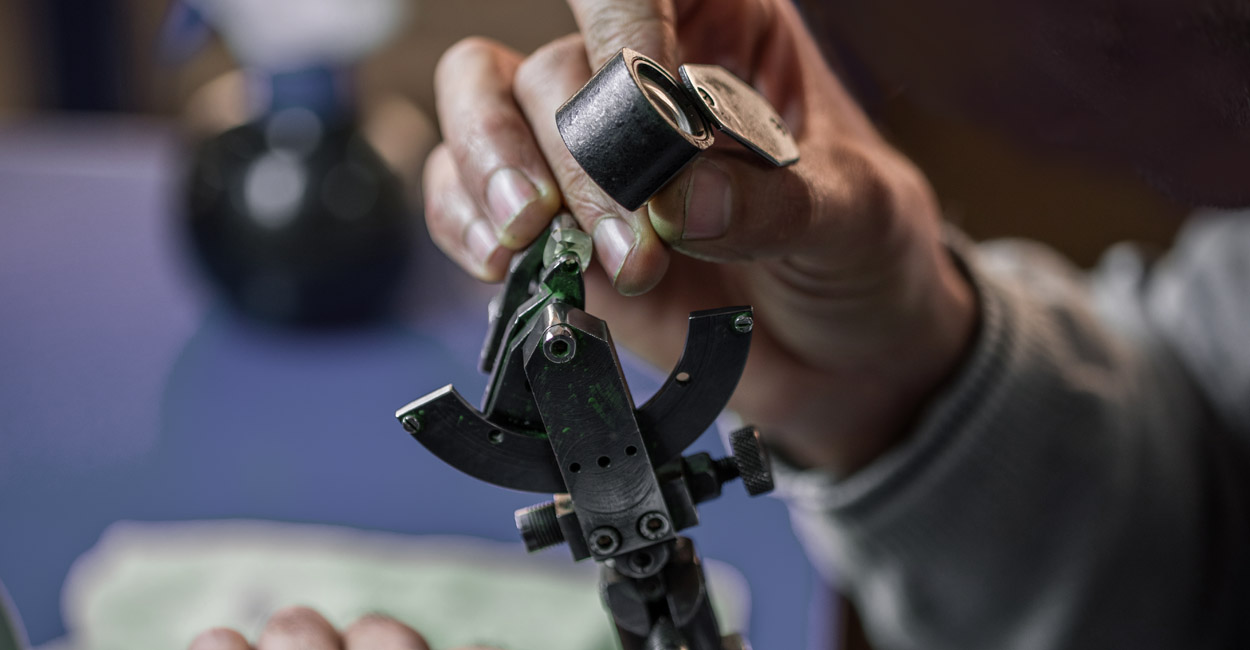
IDEAL PERSPECTIVE
14, Nov 2021 -
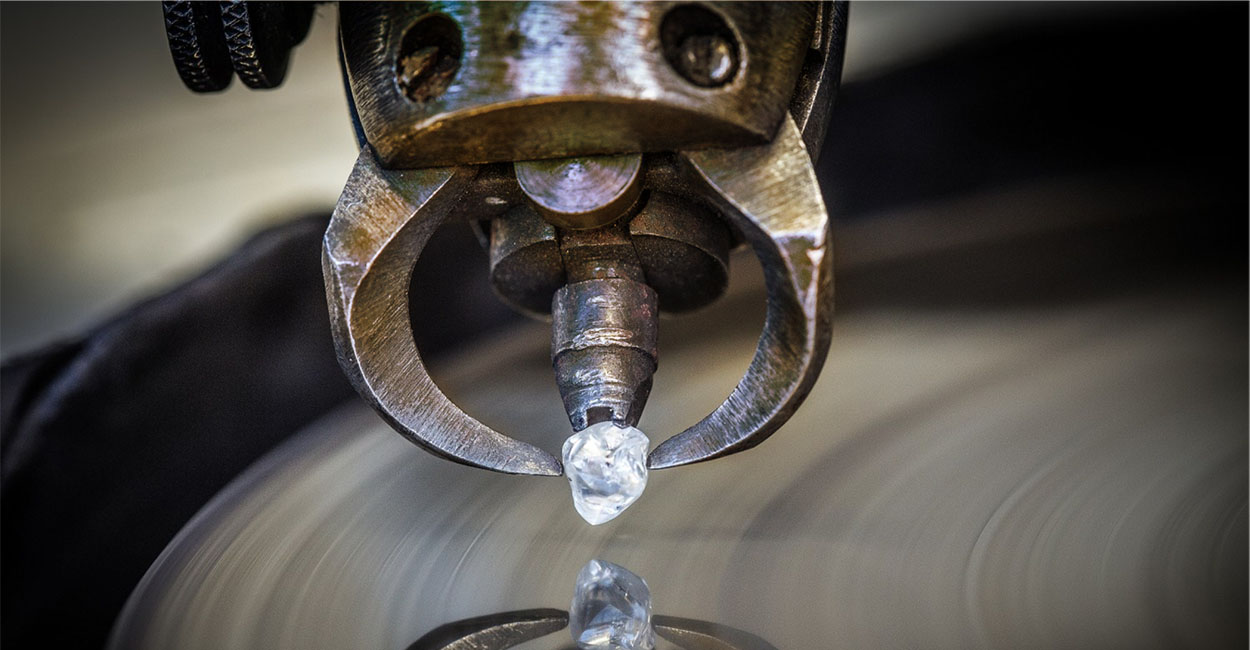
UNVEIL THE FIRE
14, Nov 2021 -
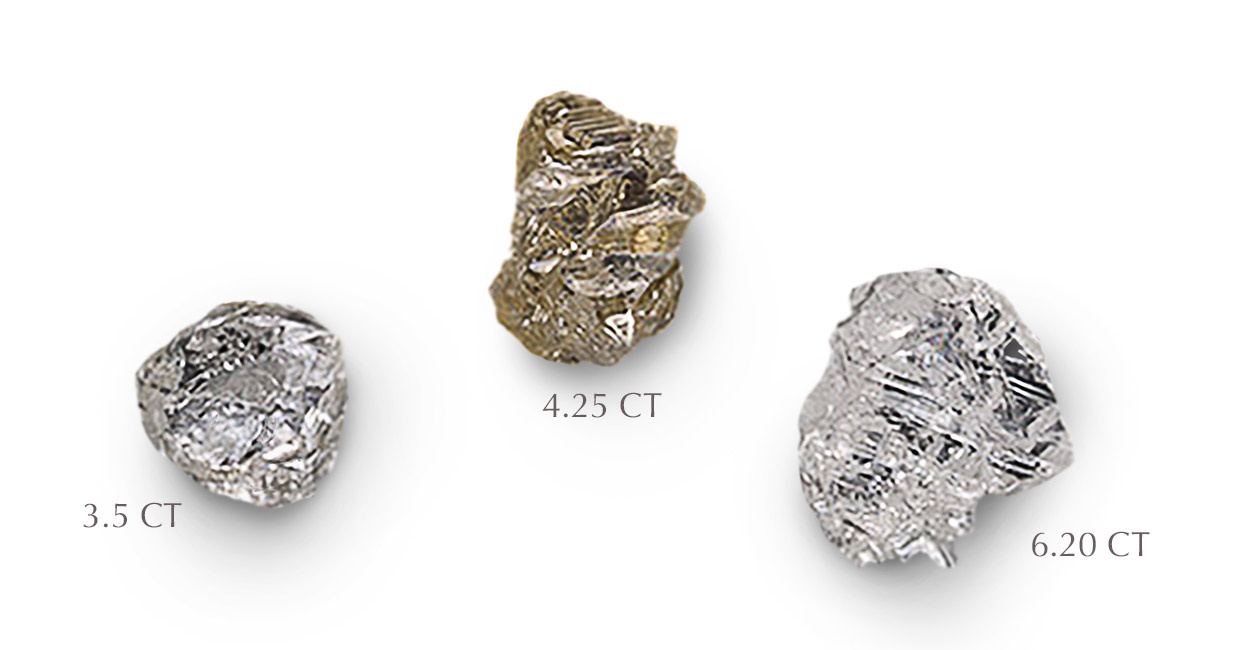
KNOWING YOUR DIAMONDS
07, Nov 2021 -
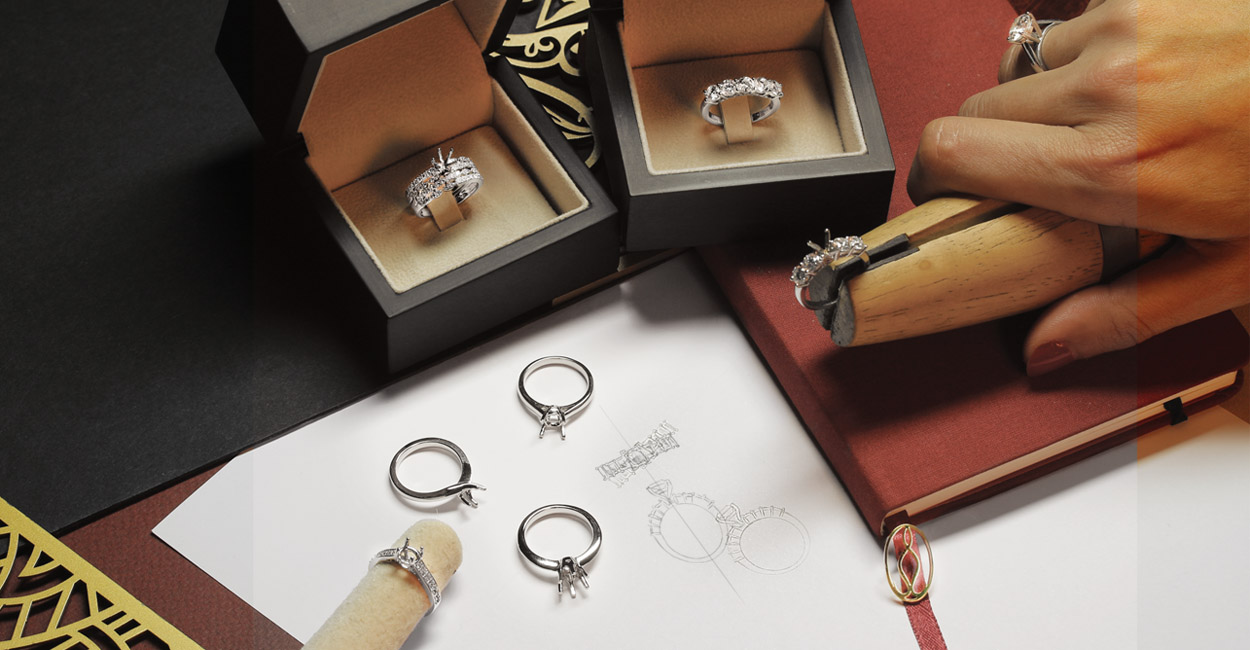
CHOOSING THE PERFECT SETTING
14, Nov 2021 -
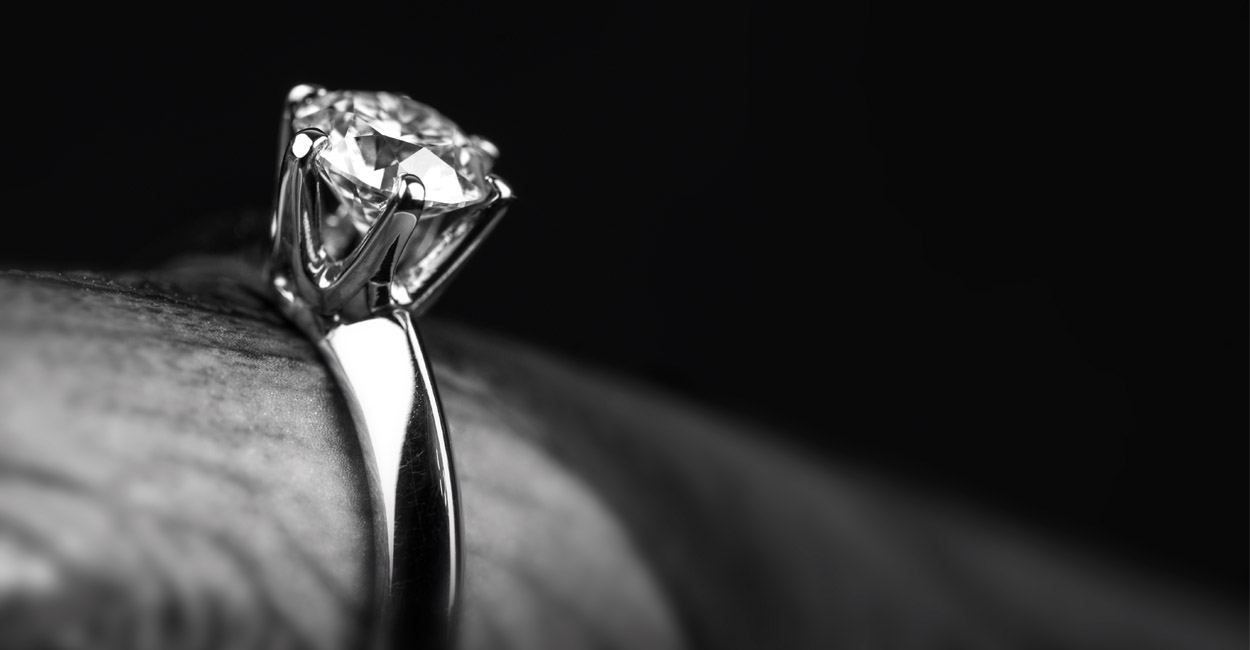
THE PERFECT MAKE
14, Nov 2021 -
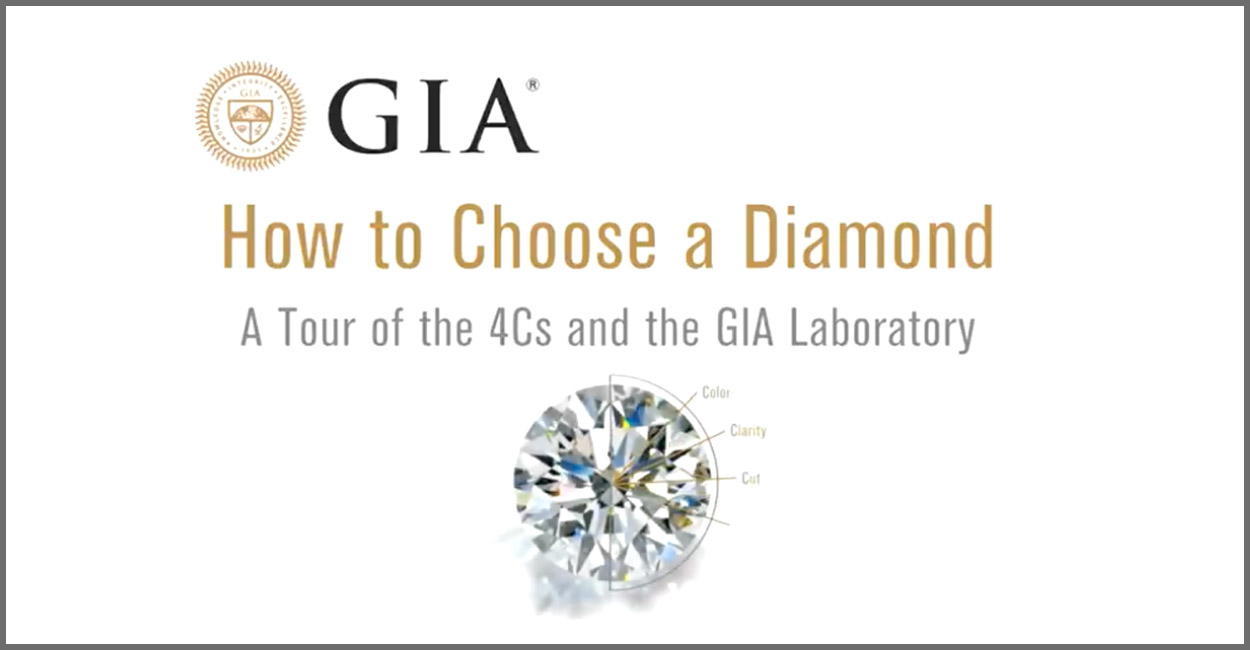
HOW TO CHOOSE YOUR DIAMOND
14, Nov 2021
